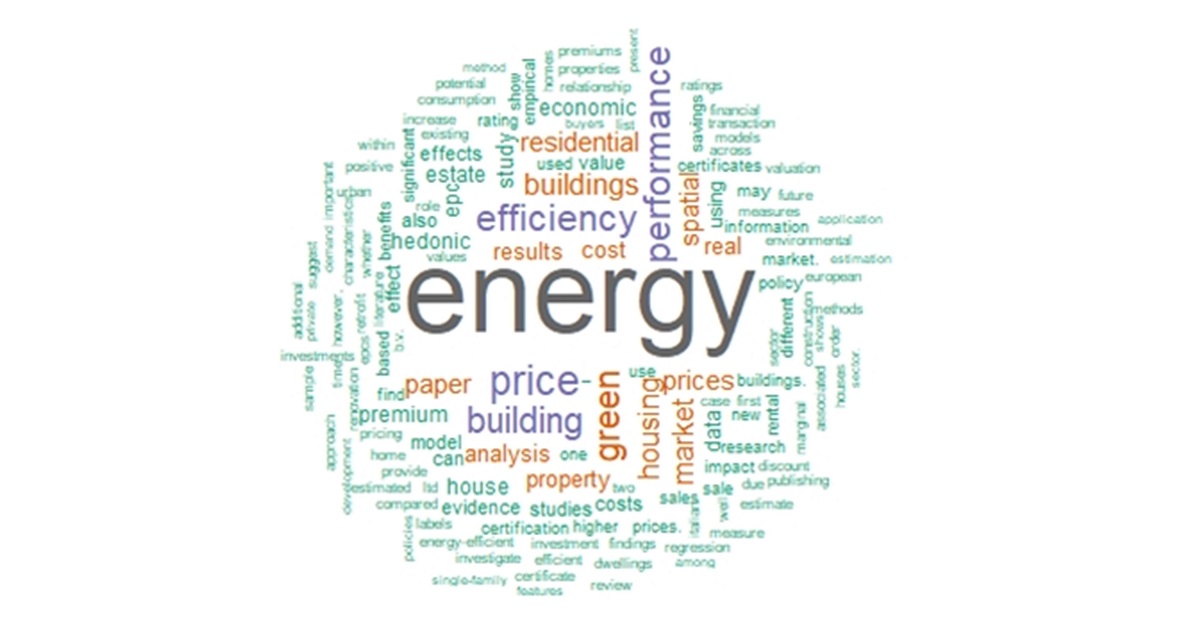Price Premium and Cost Premium of Green Buildings
A special issue of Buildings (ISSN 2075-5309). This special issue belongs to the section "Architectural Design, Urban Science, and Real Estate".
Deadline for manuscript submissions: closed (15 April 2023) | Viewed by 8935

Special Issue Editor
Interests: real estate appraisal; property investment and valuation; evaluation of energy efficiency measures in buildings; spatial data analysis; multi-criteria decision support systems
Special Issue Information
Dear Colleagues,
Building energy efficiency has been in the spotlight in the last four decades, since buildings are known to be responsible for a large part of energy consumption and greenhouse gas emissions. The research into building energy efficiency has branched into several strands, one of which is devoted to analyzing whether or not green buildings, in comparison to traditional ones, are built and sold at a premium. Despite the fact that many studies have been conducted so far on the topic, the actual occurrence of a cost premium and the exact magnitude of the price premium are still debated. Furthermore, whether or not the price premium outweighs the cost premium while undertaking specific energy performance improvement projects is seldom analyzed.
This Special Issue aims to start filling this gap by experimenting with innovative methods and models, which are seldom used in the literature, to detect the occurrence of price and cost premiums in green buildings. Since most of the studies published so far use traditional hedonic models, with a rather recent turn to spatial autoregressive models, we encourage scholars to submit original research articles dealing with different approaches such as logistic and binomial regression models, quantile regression, and geographically weighted regression, not to mention other approaches adapted to suit the case at hand. Suitable works include studies comparing price premiums and cost premiums to assess the economic viability of energy efficiency measures.
We look forward to receiving your contributions.
Dr. Sergio Copiello
Guest Editor
Edda Donati, PhD Student
Guest Editor Assistant
Department of Architecture, Construction and Conservation, Università IUAV di Venezia, Venice, Italy
Email: edonati@iuav.it
Manuscript Submission Information
Manuscripts should be submitted online at www.mdpi.com by registering and logging in to this website. Once you are registered, click here to go to the submission form. Manuscripts can be submitted until the deadline. All submissions that pass pre-check are peer-reviewed. Accepted papers will be published continuously in the journal (as soon as accepted) and will be listed together on the special issue website. Research articles, review articles as well as short communications are invited. For planned papers, a title and short abstract (about 250 words) can be sent to the Editorial Office for assessment.
Submitted manuscripts should not have been published previously, nor be under consideration for publication elsewhere (except conference proceedings papers). All manuscripts are thoroughly refereed through a single-blind peer-review process. A guide for authors and other relevant information for submission of manuscripts is available on the Instructions for Authors page. Buildings is an international peer-reviewed open access semimonthly journal published by MDPI.
Please visit the Instructions for Authors page before submitting a manuscript. The Article Processing Charge (APC) for publication in this open access journal is 2600 CHF (Swiss Francs). Submitted papers should be well formatted and use good English. Authors may use MDPI's English editing service prior to publication or during author revisions.
Keywords
- real estate market
- real estate economics and finance
- urban economics
- green buildings
- energy efficiency
- energy performance certificates
- price premium
- cost premium
- mass appraisal
Benefits of Publishing in a Special Issue
- Ease of navigation: Grouping papers by topic helps scholars navigate broad scope journals more efficiently.
- Greater discoverability: Special Issues support the reach and impact of scientific research. Articles in Special Issues are more discoverable and cited more frequently.
- Expansion of research network: Special Issues facilitate connections among authors, fostering scientific collaborations.
- External promotion: Articles in Special Issues are often promoted through the journal's social media, increasing their visibility.
- Reprint: MDPI Books provides the opportunity to republish successful Special Issues in book format, both online and in print.
Further information on MDPI's Special Issue policies can be found here.





